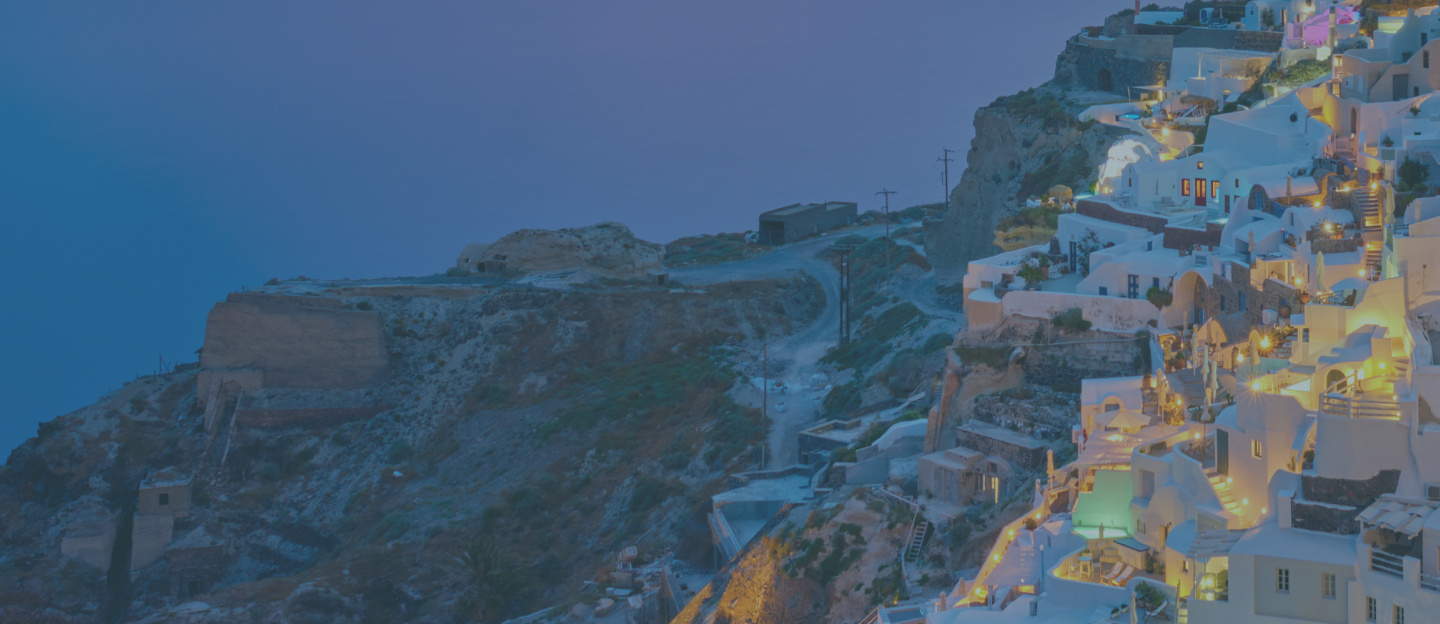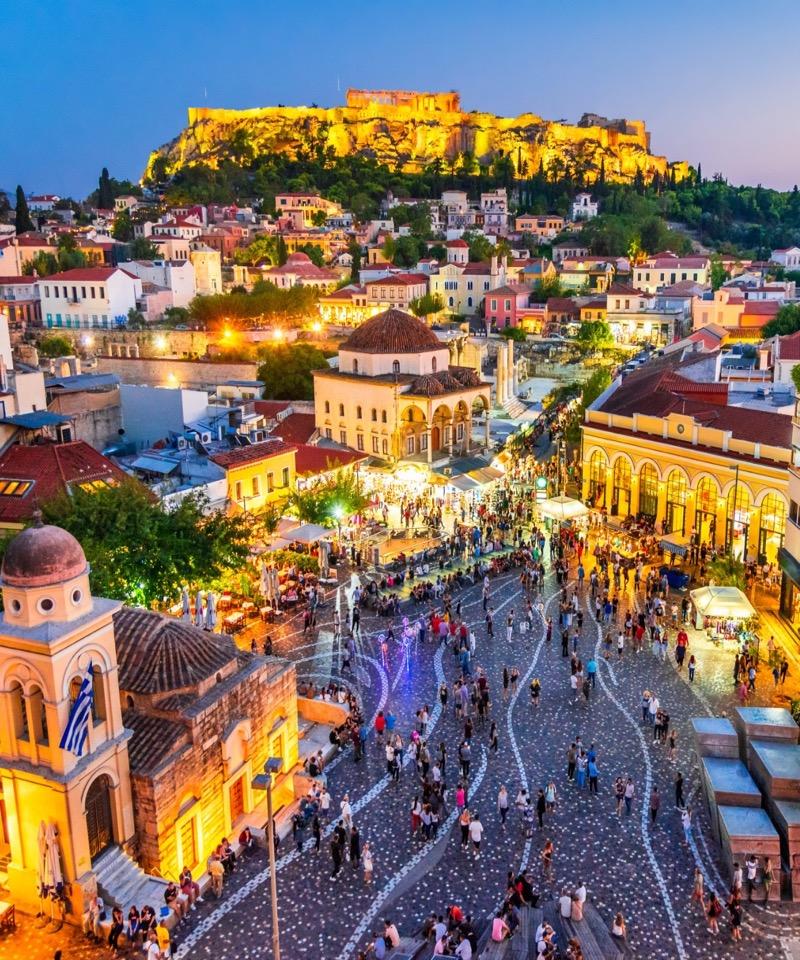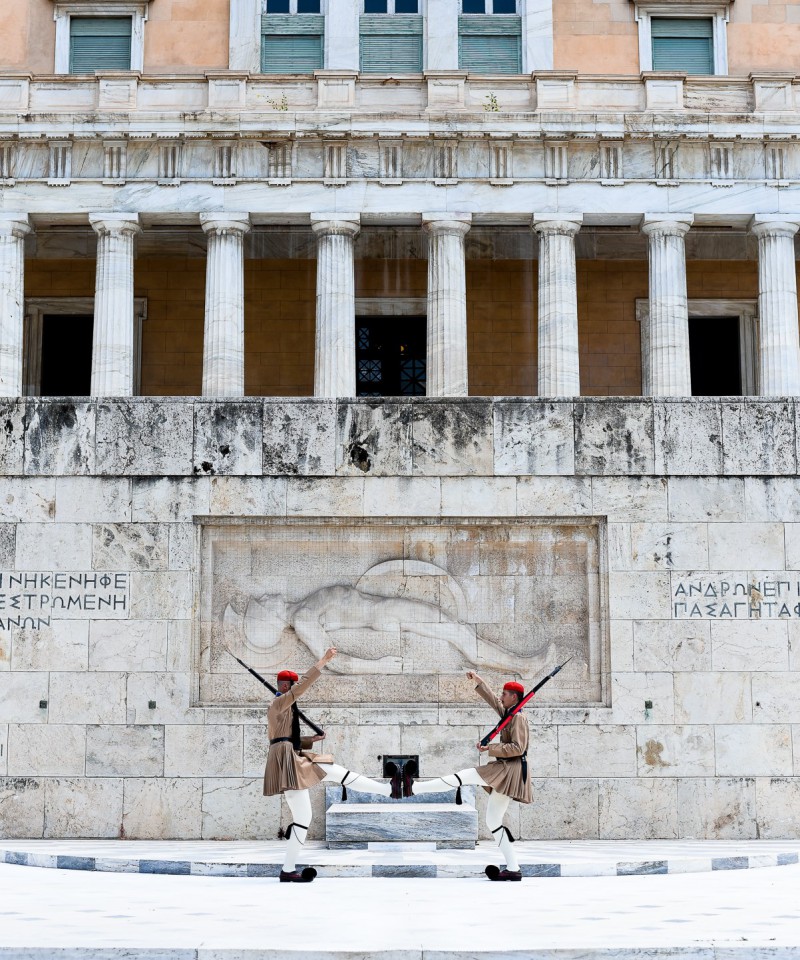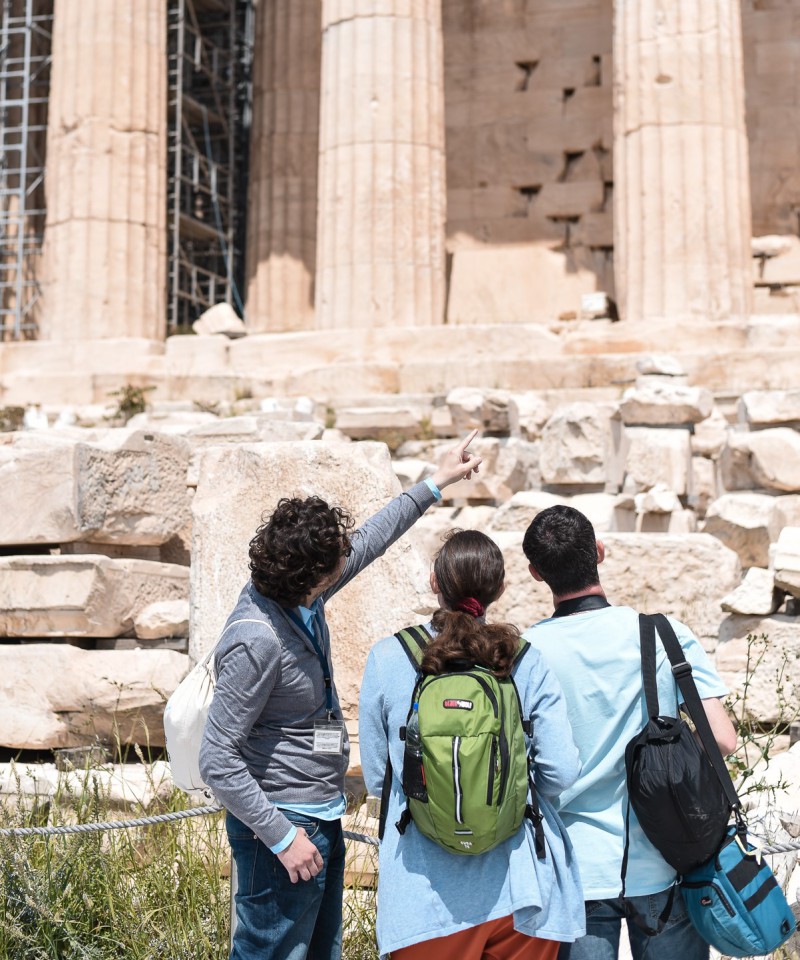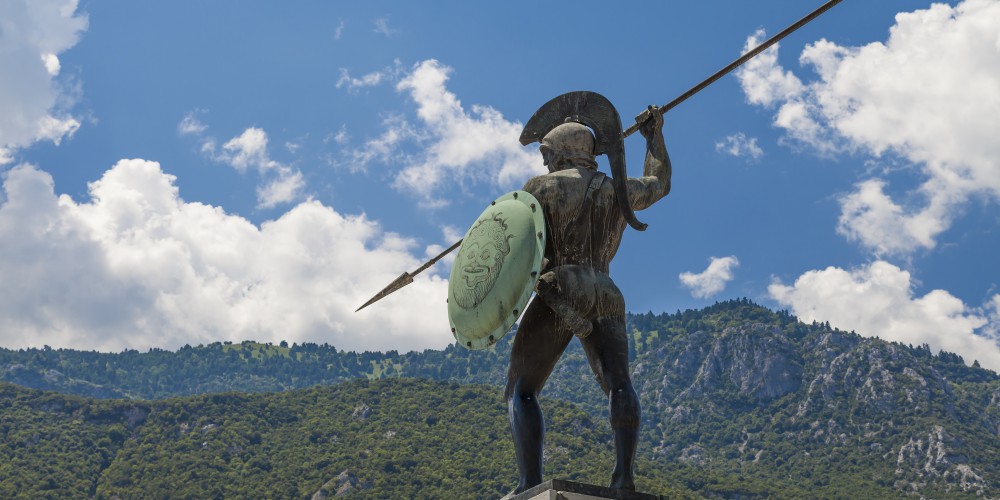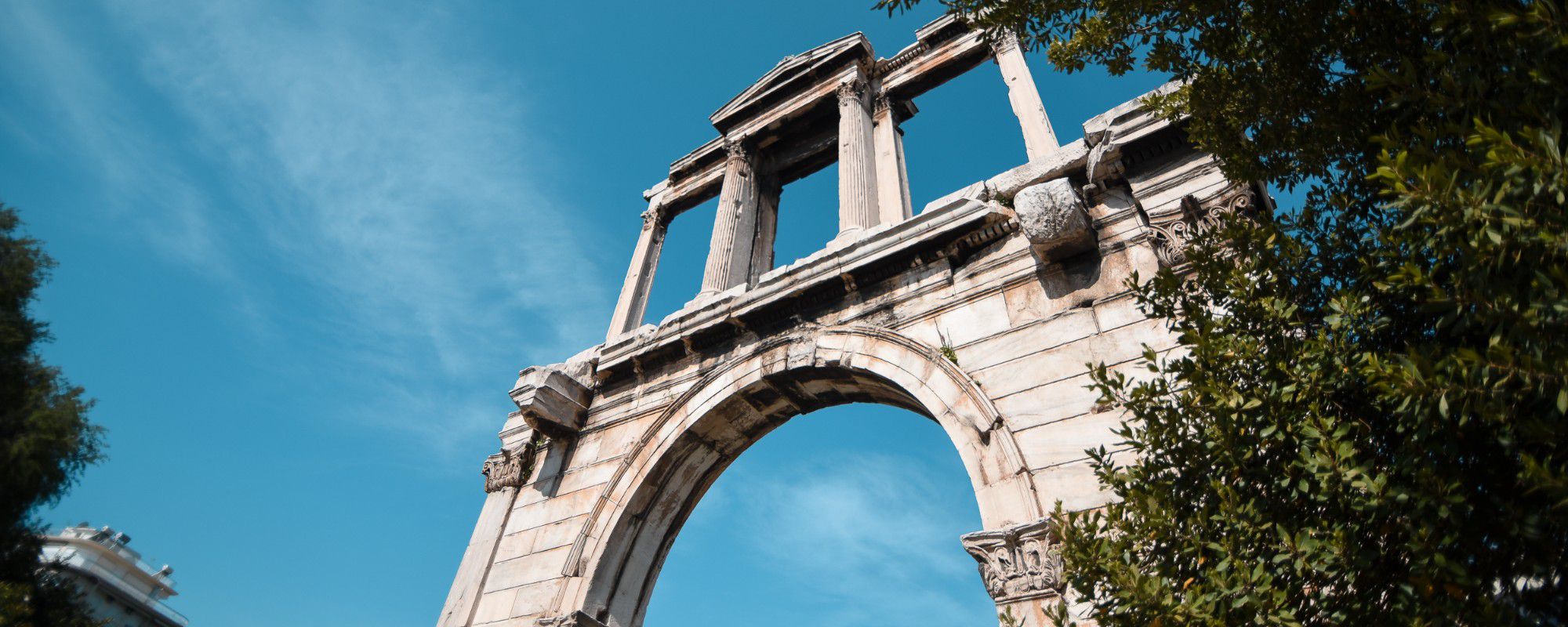
The Temple of Olympian Zeus in Athens
Key Takeaways
- The Temple of Zeus was built with the intention and succeeded in being the largest temple in ancient Greece.
- It was completed in 132 AD by Emperor Hadrian
- The temple began o collapsing gradually from 500 AD, and the last column fell by a storm in 1852, in the exact spot you can find it today.
- The temple was excavated in 1889–1896.
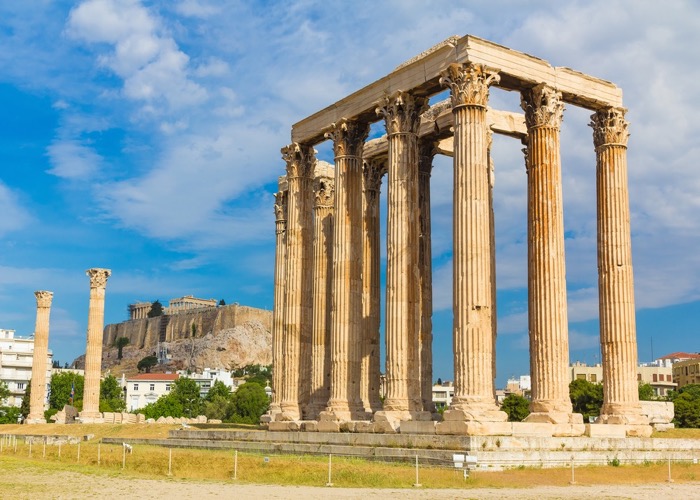
The violet-crowned city of Athens counts thousands of years of age, carrying a world of history and culture on its shoulders, two elements that are evident in the fascinating archaeological sites that dominate the city’s most central spots.
One of those archaeological sites is the Temple of Olympian Zeus, one of the most significant remnants of antiquity that decorates the city center and can be admired from afar by both locals and visitors strolling the streets of the Greek capital.
However, what will you see if you get close to the Temple of Olympian Zeus?
The location
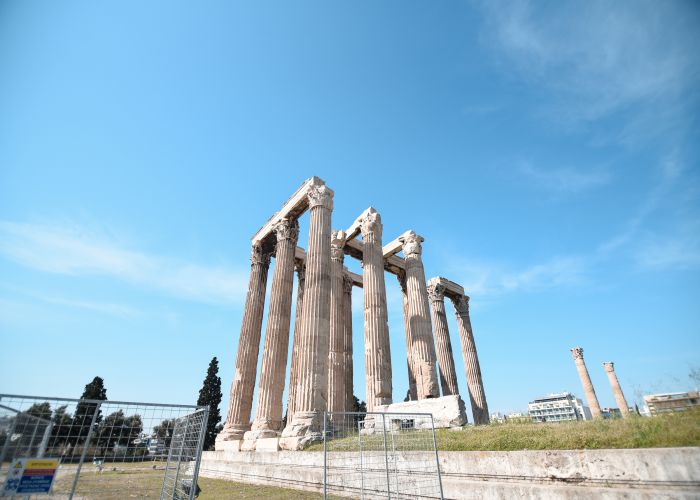
The temple of Olympian Zeus is located approximately 500 m south-east of the Acropolis and the Acropolis Museum and about 700 m south of the center of Athens, Syntagma Square. It was built to be the largest temple in ancient Greece and succeeded in its goal.
Being the largest temple during the Hellenistic years and the years of the Roman empire, its construction began in the sixth century BC, specifically in 515 BC, by Peisistratus' grandson, Peisistratus the Younger.
The construction of the Olympian Zeus Temple
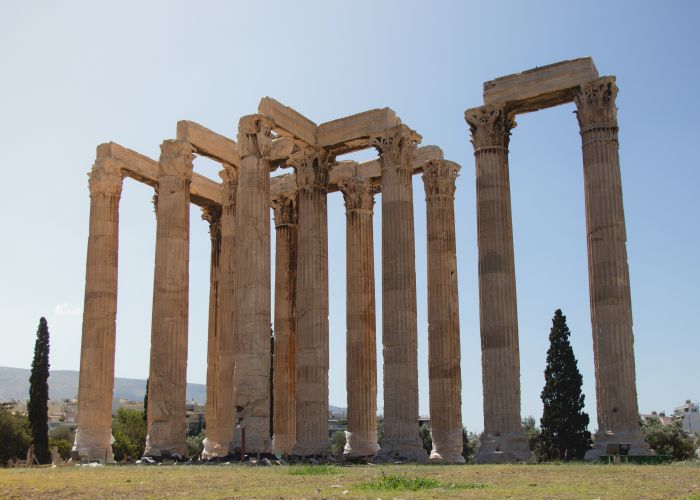
According to Aristotle, Peisistratus decided to construct the famous Temple of Olympian Zeus following the well-known tactics of many other tyrants, who tried to please the crowds and gain popularity to avoid having the citizens rebel against the harsh government.
In a contradictory theory, however, supported by ancient Greek traveler Pausanias, the Temple of Olympian Zeus was founded by Deucalion, the ancestor of the Greeks, to honor Olympian Zeus, who saved him from a flood.
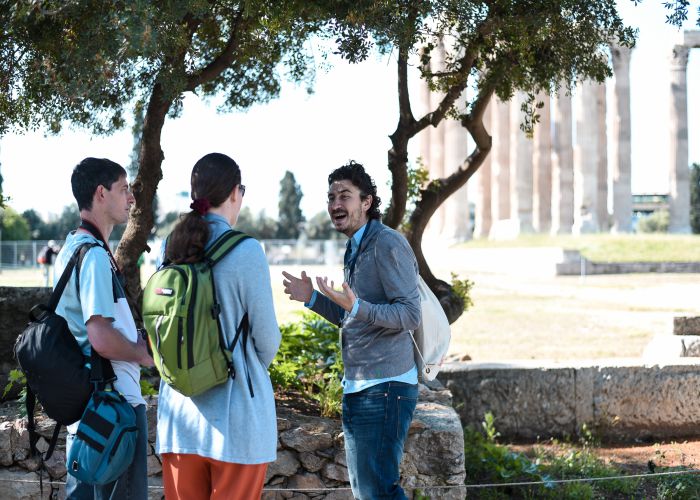
When the tyranny of Peisistratus was overthrown, the project was halved, but a huge amount of building material had already been collected. Part of this material was used 30 later in the construction of the Themistocleian Wall.
Many tried to continue the erection of the temple. 300 later, in 174 BC, Antiochus IV, the eminent king of Syria, sought to continue the work of Peisistratus using Roman emperor Cossutius as the architect.

Again, however, the temple was left without a roof and gables. Eventually, however, the Temple of Olympian Zeus was completed in 132 AD by emperor Hadrian, who came to Athens in 124 AD, became an Athenian citizen, and benefited the city greatly.
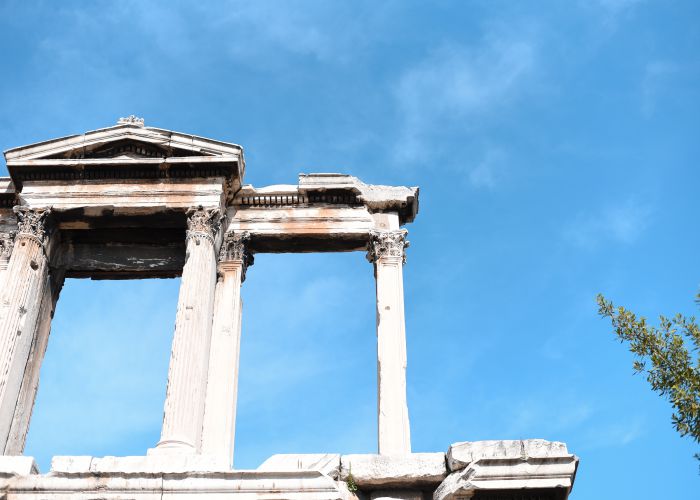
Roman emperor Hadrian built the well-known gate that took his name, now called Hadrian’s Arch, near the wall that separated the new from the ancient city of Athens of the time. In its final form, the Temple of Olympian Zeus is made of Pentelic marble.
Hadrian's Arch rhythm is Corinthian. Its length exceeds 100 meters, and its width spreads across 40 meters. As for the famous Hadrian's columns, some of which are pretty much the only thing that has survived today, the total was 104.
They were 17 meters high and 2.6 meters in diameter, while each weighed 364 tons! The Olympian Zeus Temple was built in imitation of the temples of Artemis in Ephesus and Heraion in Samos.
The interior of the Temple of Olympian Zeus in Ancient Greece
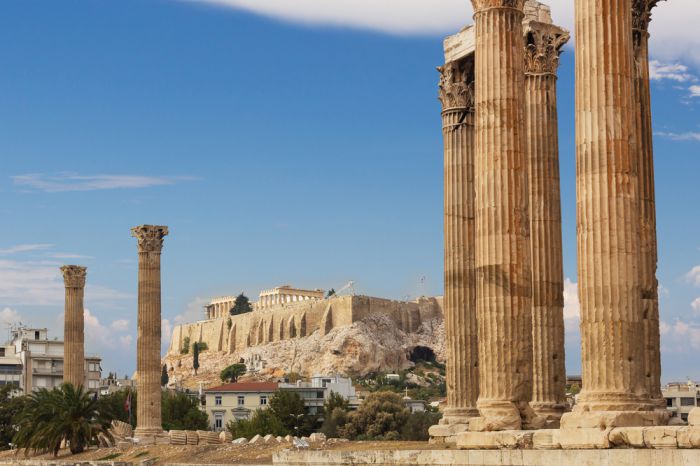
The Hadrian temple and surrounding area were decorated with statues of Hadrian, the gods, and personifications of the Roman provinces.
Additionally, the Athenians built a massive statue of Hadrian behind the building to honor Hadrian’s generosity. Just as massive of a statue, this time of the Greek God Zeus was placed inside the Olympian Zeus temple.
Legend has it that for this great statue, Hadrian used chryselephantine, a material that even at the time was considered outdated, mimicking Phidias' statue of Athena in the temple of Parthenon, to attract attention both to the temple and to himself.
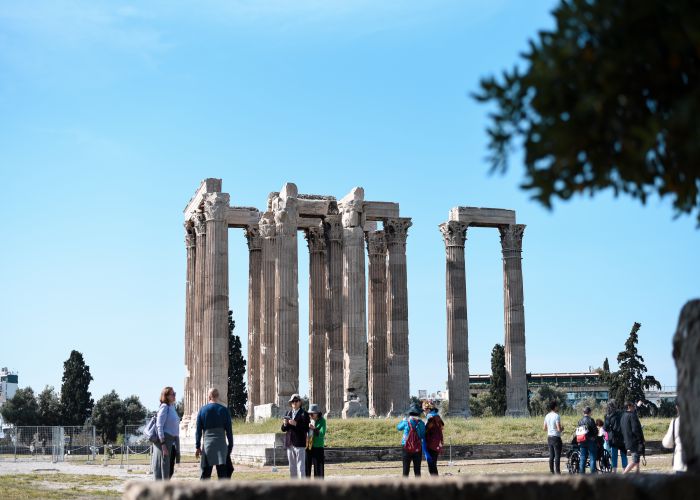
The majority of information regarding both the surroundings and the interior of the Temple of Olympian Zeus has reached through the books of Pausanias, who describes this Athens attraction as it was in the 2nd century with the following words:
‘Before the entrance, I say, stand statues of Hadrian, two of Thasian stone, two of Egyptian. Before the pillars stand bronze statues which the Athenians call ‘colonies.’
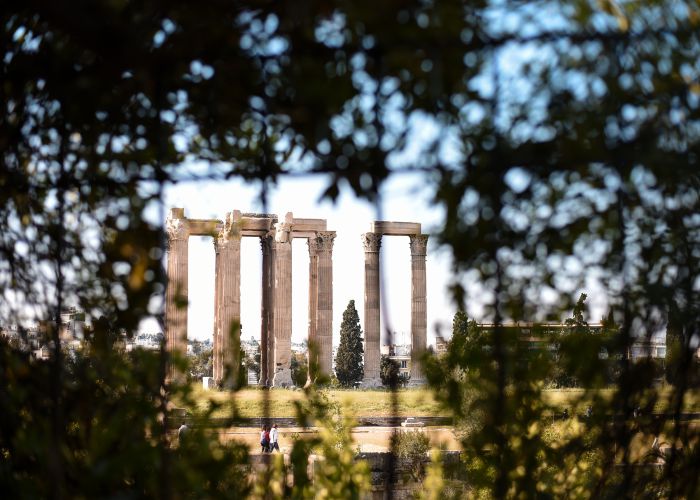
The whole circumference of the precincts is about four states, and they are full of statues; [….] Within the precincts are antiquities: a bronze Olympian Zeus, a temple of Kronos and Rhea, and an enclosure of Gaia (Earth) surnamed Olympias [….]
There are also statues in Phrygian marble of Persians supporting a bronze tripod; both the figures and the tripod are worth seeing.’
The collapse of the biggest feat of Roman Emperor Hadrian
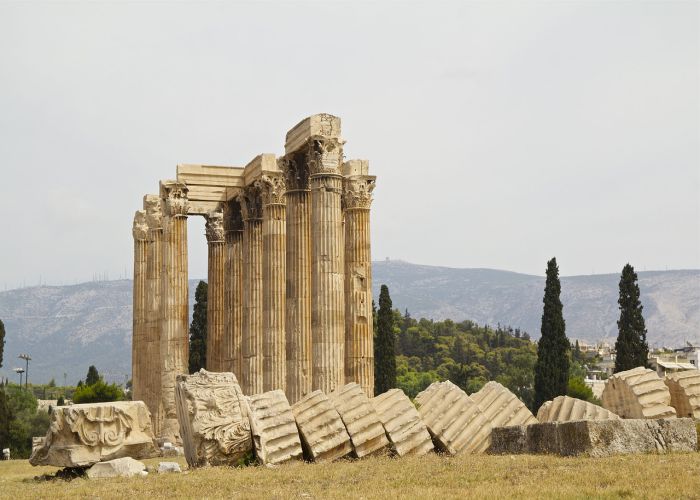
From 500 AD, the temple began to collapse gradually, and the corinthian columns began to fall. In contrast, the temple provided building materials for the construction or renovation of the houses and churches of medieval Athens.
Interestingly, we know exactly what happened to one of the Temple of Olympian Zeus columns, as it was written on one of the surviving fifteen columns.
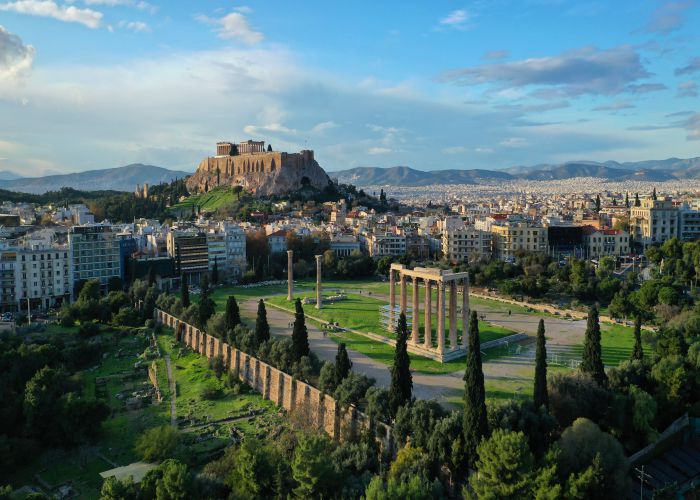
The inscription reads, ‘on 27 April 1759 he pulled down the column’, with the sentence's subject referring to the Turkish governor of Athens, Mustapha Agha Tzistarakis.
The latter allegedly re-used the column marble to make plaster for the Tzistarakis Mosque that now adorns the vibrant Monastiraki Square.
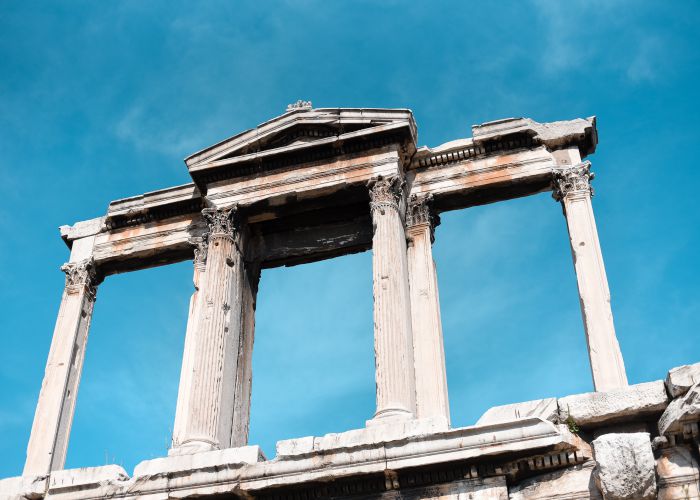
Until the beginning of the 19th century, only 16 of the temple’s corinthian columns stood still, but a terrible storm in 1852 threw the sixteenth column, which remains in the same place it fell today.
The excavation that brought up the ancient world
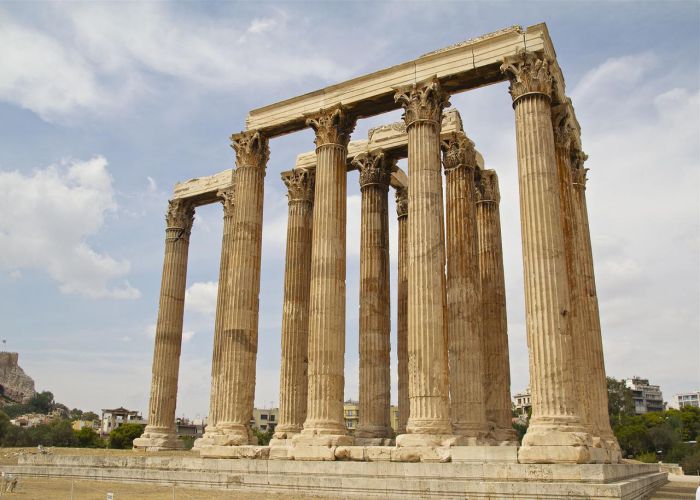
The temple was excavated by the same person who played a significant role in the restoration of the Parthenon, Francis Penrose of the British School in Athens, in 1889–1896.
It was further excavated in 1922 by Greek and German archaeologists. Specifically German archaeologist Gabriel Welter, and in the 1960s by a group of Greek archaeologists led by Ioannes Travlos.
The surrounding ancient sites
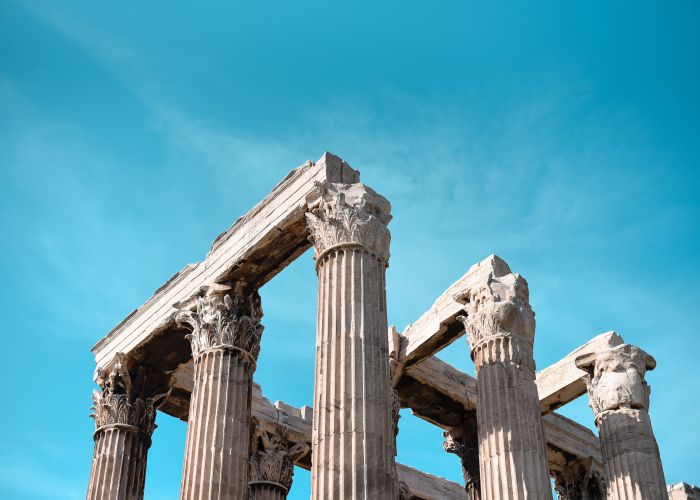
Due to its central location, the Olympian Zeus Temple is within walking distance of most major landmarks of Athens.
It is close to the archaeological site of the Acropolis and the Acropolis museum, and it is next to the central Syntagma Square, the historical Panathenaic Stadium, and the National Gardens.
Moreover, it is also within walking distance from the Ancient Agora and the Roman Agora, which are ancient sites you cannot leave out of your Athens itinerary.
Final Thoughts

The Athens Temple of Olympian Zeus, or more precisely the leftover columns, dominates the entrance of Athens and shows the difference in mentality and culture between ancient Greek and Roman architecture.
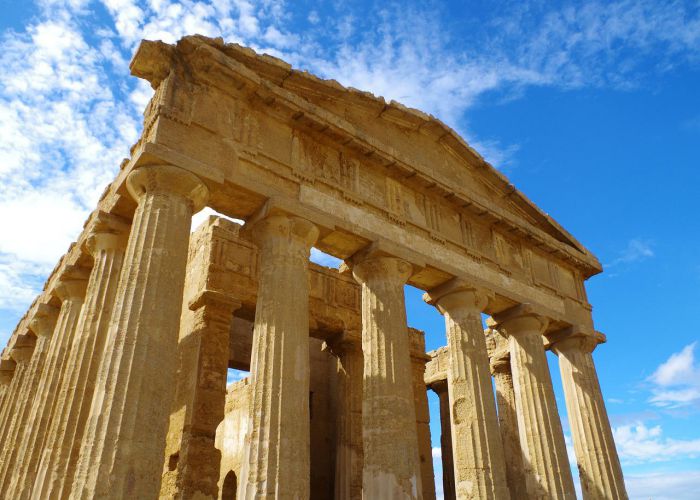
Today, the remnants of the grand Temple of Olympian Zeus serve as an open-air museum favored by visitors who are eager to unfold the complex story of Greece in general and central Athens in particular.
One can’t deny that the fascinating sight of the ancient columns, in total contrast to the modern city of Athens, invited people on a journey through Athens’ history, mythology, and culture!
For a more thorough exploration of Greek history and culture, our Greece vacation packages are waiting to take you on a mythical trip that is not restricted to Athens and will change your lives.
Frequently Asked Questions
What happened to the colossal Temple of Olympian Zeus?
What was the Temple of Olympian Zeus used for?
Is the Temple of Olympian Zeus still standing?
Is the entrance to the Temple of Olympian Zeus free?
